What Do You Eat on New Year’s Eve Around the World? A Journey Through The Menu of 10 Countries!
From Japanese toshikoshi soba to Dutch oliebollen, via grapes in Spain and oysters in France, here are the foods that are brought to the table on December 31st and January 1st, in a mix of joy for the palate and good luck.
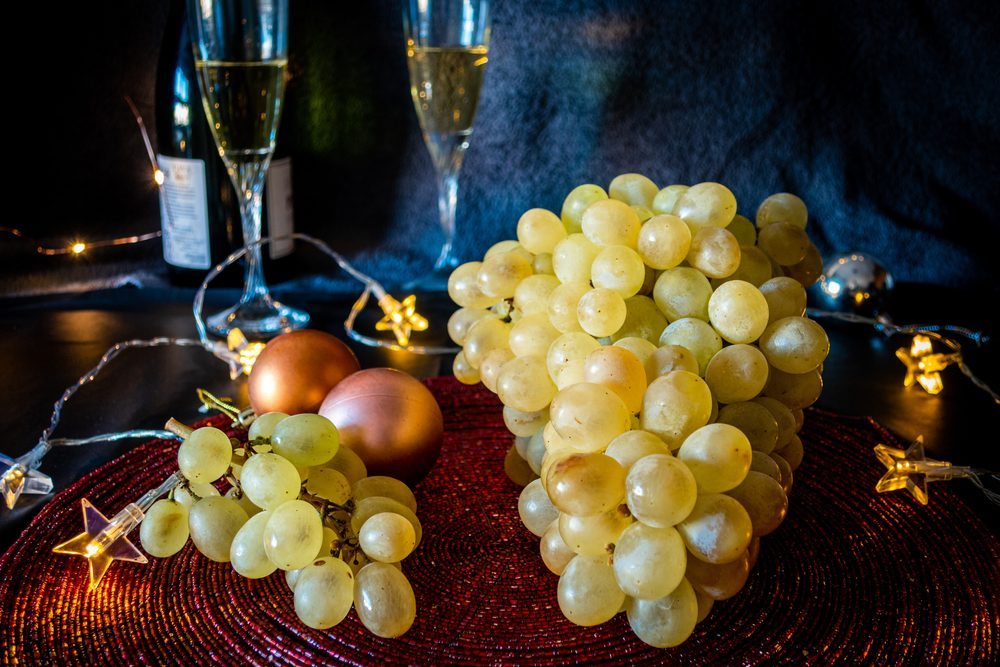;Resize,width=742;)
New Year's Eve time, time for big dinners, time for superstition. It is impossible to avoid it at the U.S. New Year's Eve party, where at the stroke of midnight we celebrate with pork, black-eyed peas, collared greens and lentils, evergreen foods that symbolize money and prosperity. Superstition is intrinsically part of this passage, and it does not only appear in the kitchen, just think of the red underwear: even the most doubtful, in fact, often give in to at least one of these rituals. Popular beliefs are not only part of the American background, but are found in practically all countries, from Italy to Spain, passing through the Philippines and Greece, hidden in a menu that straddles real specialties and the need to attract the attention of the Goddess of Fortune.
Traditional New Year's Foods Around the World
We took an imaginary journey to 10 countries around the world, both near and far, to discover what people eat to say goodbye to the old year and welcome the new.
1. Italy
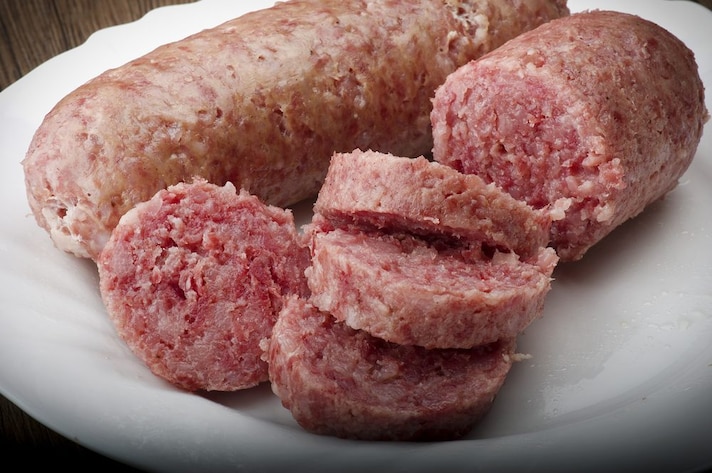
In Italy, New Year’s Eve is all about food that symbolizes luck, prosperity, and abundance. A must-have on the table is cotechino e lenticchie—a hearty dish of spiced pork sausage paired with lentils. The lentils, resembling tiny coins, represent wealth and good fortune, while the pork, symbolizing progress, promises forward momentum in the new year. This tradition, steeped in centuries of Italian culture, is often paired with sparkling Prosecco or spumante to toast at midnight, ensuring a year of happiness and success ahead. For dessert, a slice of panettone or pandoro sweetens the celebration, offering a delicious taste of hope for a prosperous new year.
2. Japan
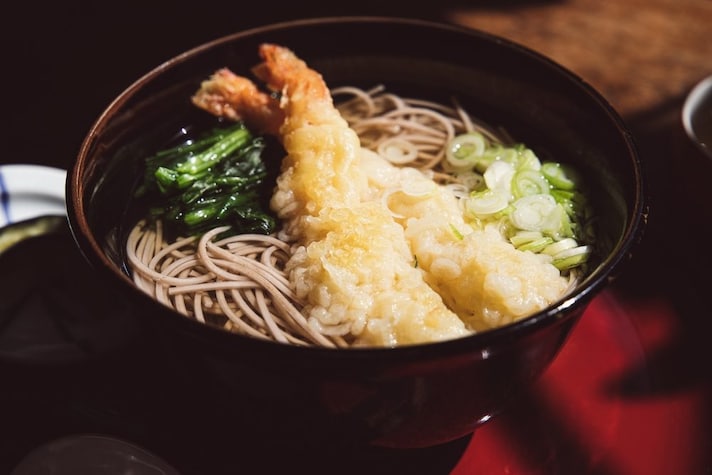
Rituals are certainly not lacking in Japan. The arrival of the new year is no exception, which in the Land of the Rising Sun is welcomed with several highly symbolic specialties. The most famous is toshikoshi soba, long noodles prepared with buckwheat flour dipped in hot broth, as a wish for longevity. If they break while eating it is not a problem, on the contrary, it means that the problems and pains of the previous months are freed.
3. Russia
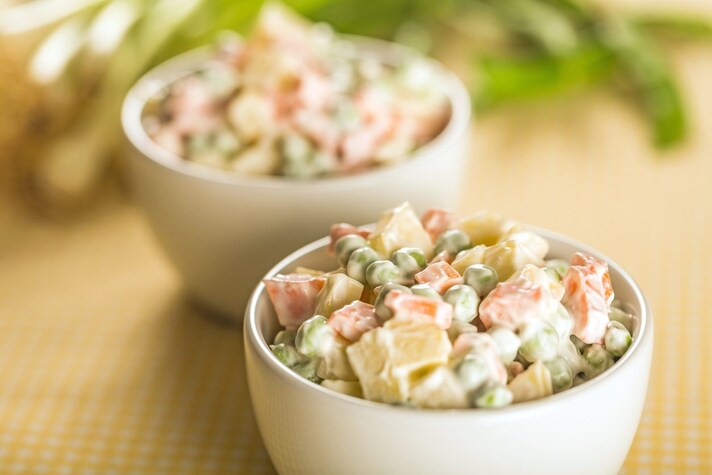
In Russia, New Year falls twice: on December 31 according to the Gregorian calendar and on January 13, according to the Orthodox calendar. What is always there? Olivier salad, the authentic version of what is commonly called Russian salad, which from a gourmet dish based on river shrimp, pheasant meat, partridge, veal tongue, has become the prerogative of the people after the 1930s, thanks to ingredients such as carrots, peas, cucumbers, onions, eggs and potatoes wrapped in mayonnaise.
4. Philippines
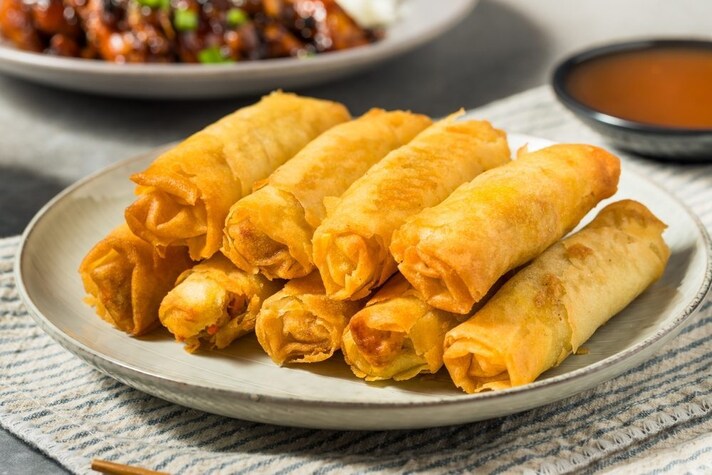
It's called Media Noche and in the Philippines it is celebrated with family, around a 100% superstitious table. For the occasion, in fact, there cannot be a lack of an abundant supply of fresh fruit as long as they are 12 different fruits (one for each month) and round in shape. Among the foods, lumpia, tasty rolls, pandesal, classic soft rolls and pancit, spaghetti with shrimp, pork and vegetables that behave exactly like soba in Japan, a sign of long life, make their appearance.
5. Great Britain
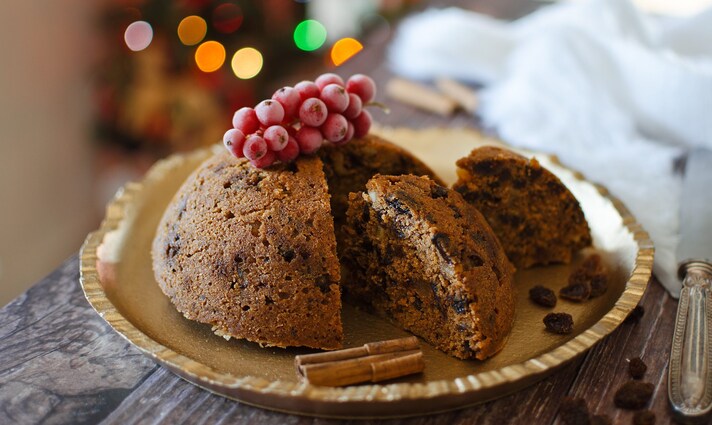
Arriving in the Old Continent, the English are used to cooking turkey, stuffed with chestnuts and accompanied by blueberry sauce. For dessert, there is room for Christmas pudding, but in an “upgraded” version. Inside the classic Christmas cake, in fact, a coin is hidden: whoever finds it will not have to fear for their finances.
6. Greece
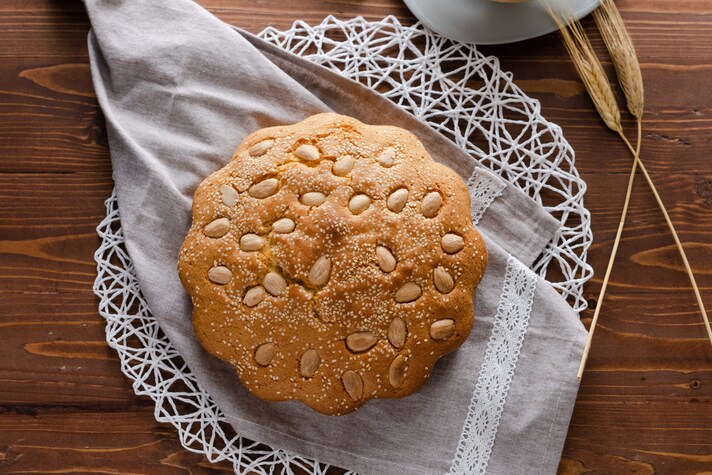
Cakes and coins are also talked about in Greece. The protagonist in this case is vasilopita, a typical dessert of the entire Balkan area, also known as St. Basil's Bread, celebrated on January 1st. Soft and round in shape, it is easily found in shops or, at home, it is prepared with a simple mixture of eggs, flour, butter, sugar and citrus peel and almonds. Legend has it that the Cappadocian bishop who lived in 300 AD distributed it to the poorest families in his diocese. The surface is often decorated with the writing of the year to come, while inside, as a good omen, a coin is inserted: whoever finds it will be very lucky.
7. Spain
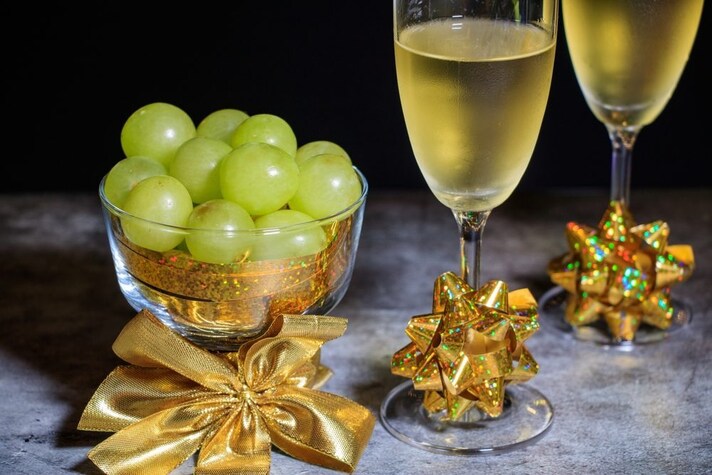
In Spain, dinner is usually based on fish and shellfish, but if there is one food that unites everyone, it is grapes. Specifically, 12 grapes that are “swallowed” one after the other at the stroke of midnight, in rhythm with the chimes of the clock located at the top of the Puerta del Sol in Madrid. An ancient gesture that obviously brings wealth and prosperity. In Portugal and throughout Latin America, you can come across the same welcome to the new year.
8. France
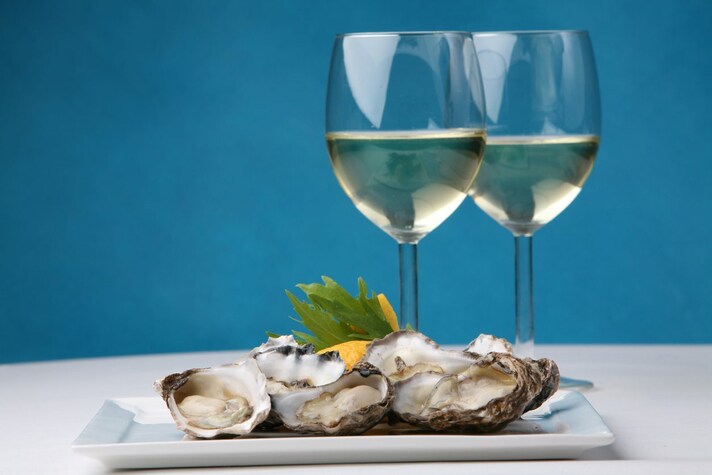
Is your New Year's Eve must-have the oyster and champagne combo ? Then you probably have a bit of French blood, because the French dinner rhymes with luxury. In addition to this great classic, it is not uncommon to also find foie gras and escargot, snails, on the menu.
9. Germany
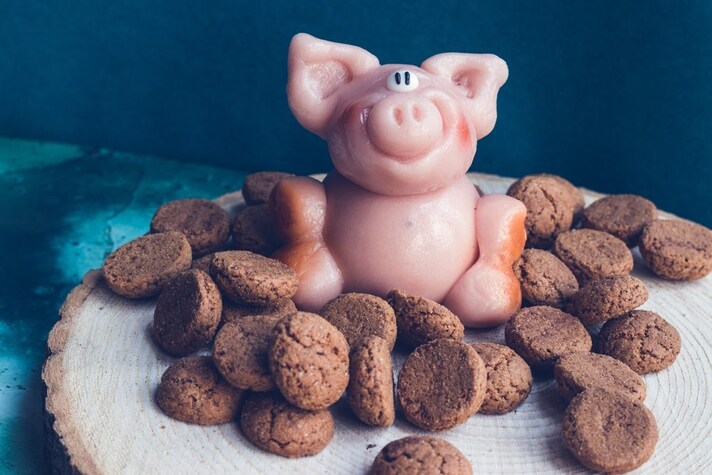
Not zampone or cotechino, the pig, a symbol of abundance, arrives on the tables of the Germans (but also of the Austrians and South Tyroleans) in the form of a marzipan piglet, better known as glücksschwein. In recent times it has become less and less popular as an edible item, but more as a picturesque piece of furniture, an “amulet” to keep in a bag or wallet or a keychain pendant. And the banquet? That is made with smoked herring, cabbage, potatoes and lots of chocolates and pralines to be unwrapped at midnight: the toast is made with sekt (sparkling wine) and feuerzangenbowle, similar to mulled wine.
10. Netherlands
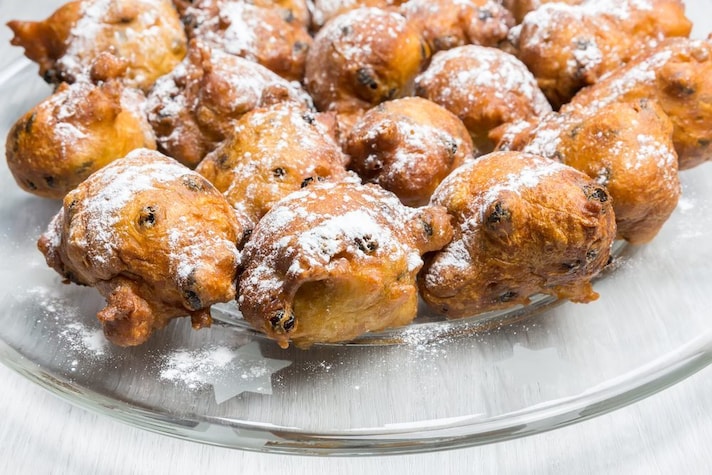
In the Netherlands, but also in Belgium, the year begins on a sweet note thanks to oliebollen, soft doughnut-like fritters enriched with raisins and/or apples and sprinkled with sugar: they are very similar to our usual apple fritters. Their origins are lost in time, even among the pre-Christian Germanic tribes who celebrated Yule, the winter solstice between December 21st and January 1st.
;Resize,width=767;)

;Resize,width=712;)
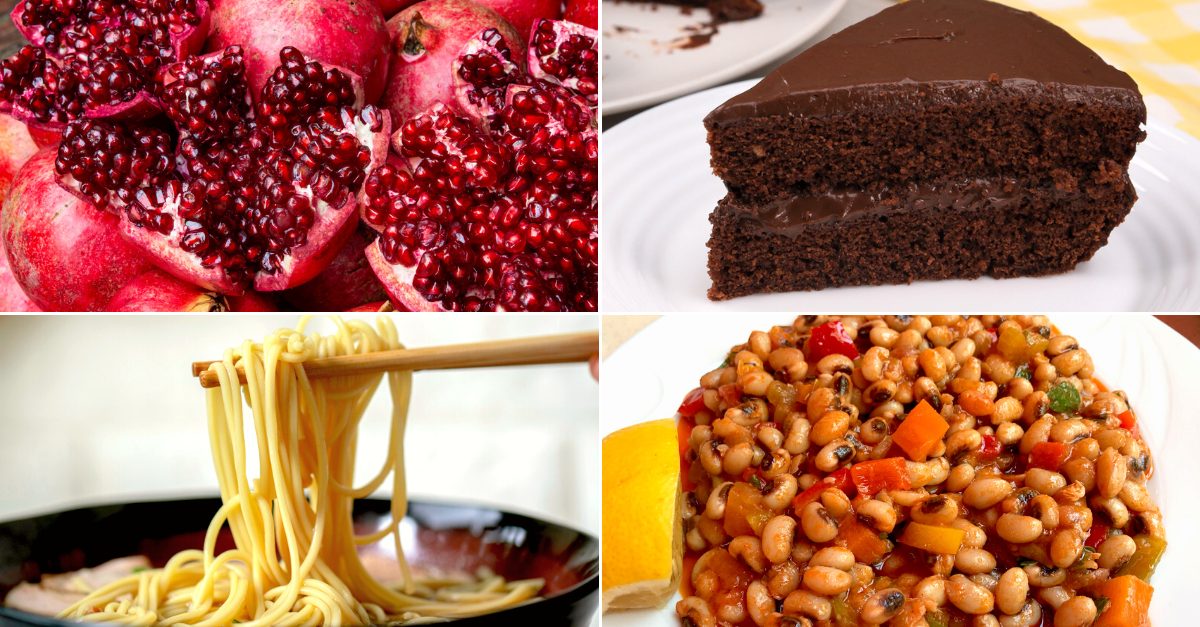;Resize,width=712;)
